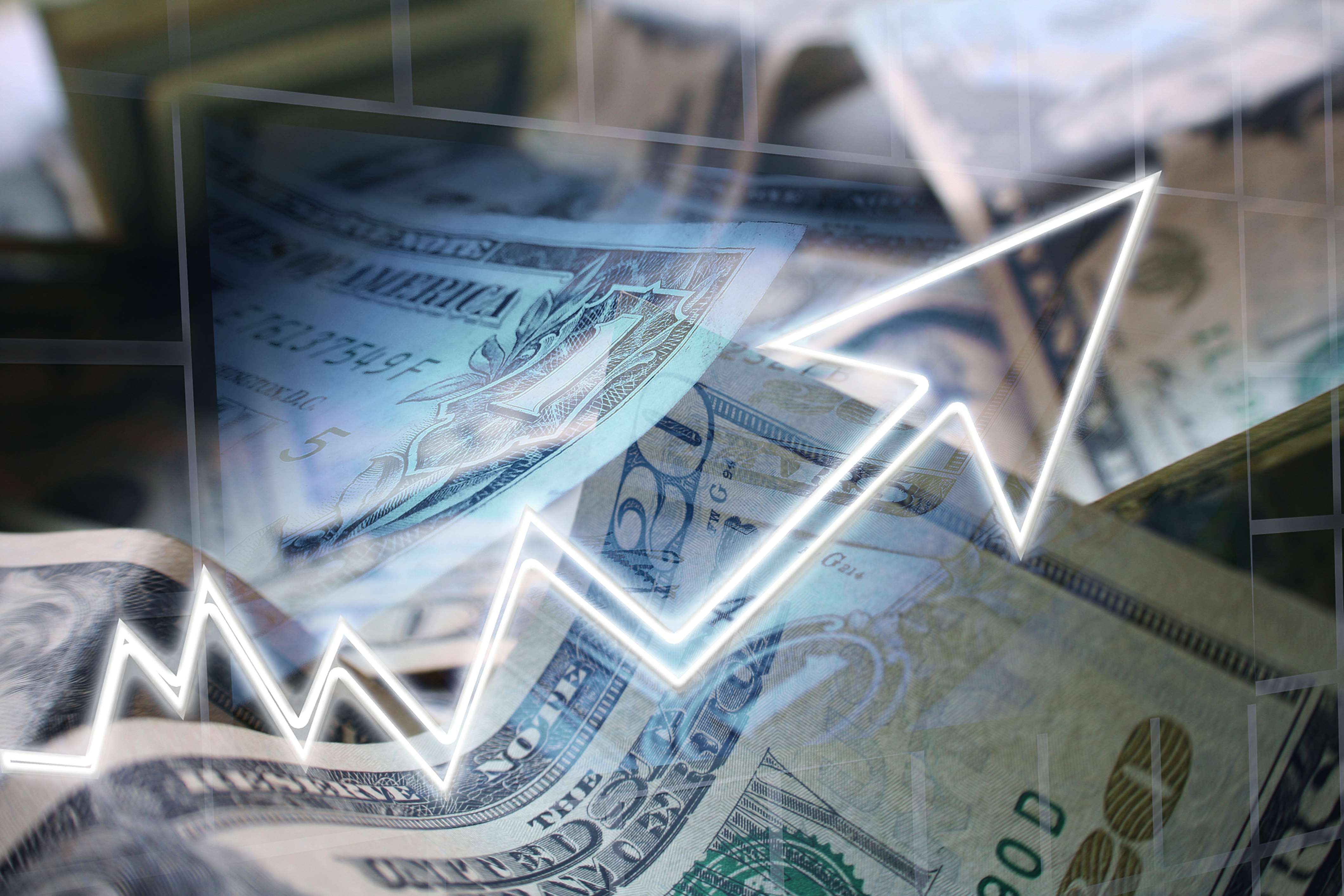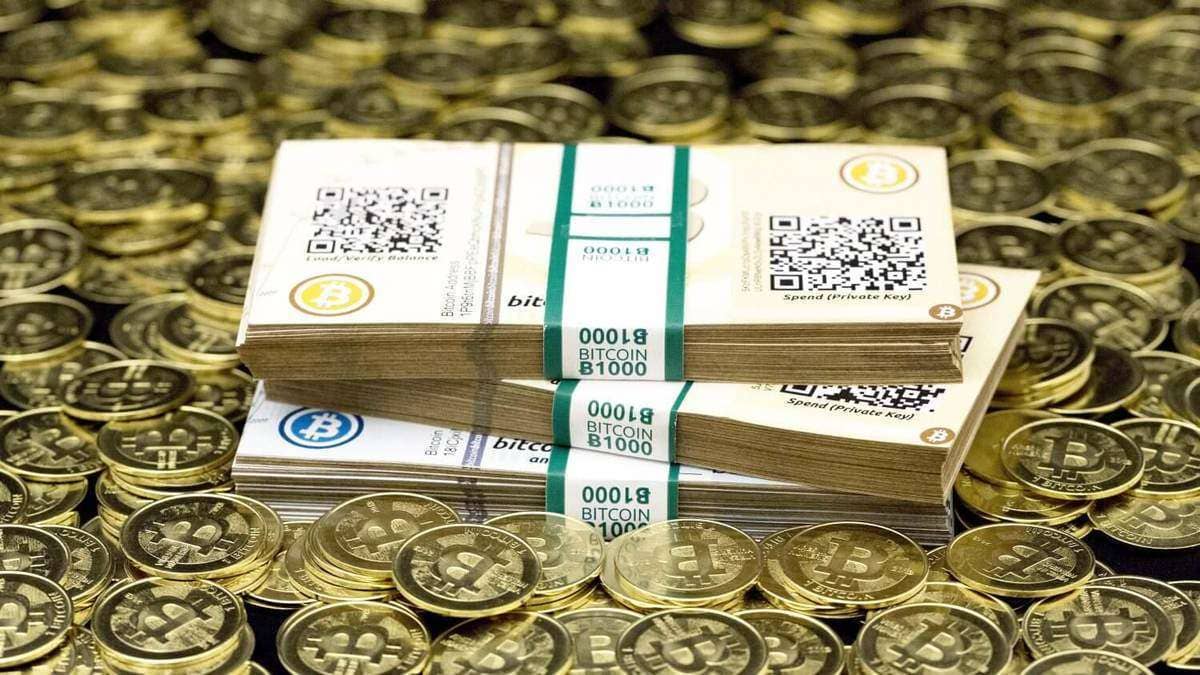Content
- Money
- Why Do Cryptocurrencies Burn Tokens? A Look Into Terra (LUNA) And Logarithmic Finance (LOG)
- Blockchain Products Implementing BME Model
- Why would anyone destroy tokens?
- THE SMARTEST WAY TO SECURE YOUR CRYPTO
- To Increase a Coin’s Value
- What Is Cryptocurrency Coin Burning?
- Top 10 Best Crypto Twitter Accounts to Follow in 2023
For instance, a new cryptocurrency can launch with 1 trillion tokens worth a fraction of a cent, drawing in investors with the low price. The developers are then free to burn billions of tokens at a later date in order to raise the token’s price. The process of burning involves sending tokens to an invalid wallet address, where they cannot be accessed. This is typically done by developers or miners to manipulate the supply of tokens and potentially increase their value. Coin burning on its own doesn’t tell you whether a cryptocurrency is a good investment. By knowing how coin burning works, you can better understand the cryptocurrencies that use it.

The next burning event will be after the end of Q3, and so far, the estimations show that more than two million BNB will be removed. It’s worth noting, though, that the BEP-95 burning mechanism will continue even after the 100 million token mark is reached as it depends on the BNB Chain network. For instance, in order to earn another coin, miners will need to burn Bitcoin. Some of the more popular ones include Factom, Sriptarnica, and CHR.
Money
Similarly to burning cryptocurrency, burning an NFT results in the same effect—reducing the total supply to potentially raise the value of the remaining assets. If done correctly, this can have a long-term effect on the overall value of a collection. Impacting value via supply is not a new concept, especially when it comes to finance. Corporate buy backs are commonplace for public companies, and entail the company buying back some of their own stocks and shares from the market, in a bid to increase the value of the remaining supply. You can think of token burning as the crypto version of a buy back – let’s have a look at this in action. From the community angle, you could argue that token burns are a form of airdrop due to the value of community holders’ tokens increasing.
In the event that the person does not hold the required number of coins, the function will not be executed. The contract verifies whether the person has the specified number of coins in their wallet. Token Metrics Media LLC relies on information from various sources believed to be reliable, including clients and third parties, but cannot guarantee the accuracy and completeness of that information. Additionally, Token Metrics Media LLC does not provide tax advice, and investors are encouraged to consult with their personal tax advisors. This guide will explain everything you need to know about taxes on crypto trading and income.
Why Do Cryptocurrencies Burn Tokens? A Look Into Terra (LUNA) And Logarithmic Finance (LOG)
Cryptocurrency has been under scrutiny for its large carbon footprint, especially regarding the proof-of-work mining model; the two biggest offenders are the market leaders, Bitcoin and Ethereum. However, there are plenty of greener options and a more efficient proof-of-stake model to validate transactions. Here, we will talk about the practice and theories behind token burning and discuss the various applications where it fits within the crypto ecosystem.
The tokens represented around $4.5 billion in value at the time, which the company said made the event one of the largest layer 1 token burns ever. The purpose of the burn was partly to remove value from Terra’s community pool, where founder Do Kwon argued it was not needed. In a sense, the burn transferred value from the pool to individual holders of the token.
Blockchain Products Implementing BME Model
The higher the demand for a given asset, generally the higher its value. So where the supply of a given coin or token is fixed there is scope to impact its value by destroying some of that supply. Here, we explain the practice of token burning, its various use cases within the crypto ecosystem, and dynamics to be aware of. Let’s get to know it.Token burning means destroying a coin or token permanently – but why do this?

For example, in late 2018, Justin Sun, founder of the TRON project, announced a successful burning of ERC-20 TRX tokens, equivalent to $800 million. This burning of TRON coins helped increase the cryptocurrency rate and added value what does burning crypto mean to the tokens, as coin burning can often lead to a strong buyer reaction. Currently, there are around 92 billion TRX tokens in circulation, meaning since the project’s launch, the number has decreased by over 7.5 billion.
Why would anyone destroy tokens?
The Binance Evolution Proposal 95, implemented in November 2021, saw the addition of a real-time burning mechanism to the BNB Chain. It allows the smart contract to automatically burn a portion of the gas fees collected by validators from each block . Upon the launch of Binance, the team introduced the original quarterly burning mechanism based on the BNB trading volume and the fees Binance generated from it.
Inversely, if there’s an abundance of an asset that doesn’t meet the demand for it, the asset’s price will often fall. Unable to be accessed, these tokens have essentially been destroyed, hence the term burned. Indeed, there have been many cases where people accidentally burned their bitcoins after losing the private keys to their crypto wallets. For example, the early Bitcoin miner James Howells threw away a hardware device containing 8,000 BTC in 2013.

Using metrics from the same period and considering the same crash factor, the price has remained around $0.28 to $0.31 from November 2019 to August 2020. A good example is the Binance Quarterly Burns, with the most recent one happening in July 2020. The company has burnt around $60 million in BNB tokens since the inception of the Quarterly burns. Burned 88.7 million LUNA tokens, which amounted to $4.5 billion USD at the time. Terra also burned a further 29 million LUNA tokens, worth $2.57 billion, in February 2022.
THE SMARTEST WAY TO SECURE YOUR CRYPTO
BNB launched with 200,000,000 total supply, and will continue on its burn schedule until 100,000,000 coins are burned — or 50% of all BNB in circulation. One example might be the deliberate destruction of unsold ICO tokens. The creators of a new project might have created X number of coins hoping to sell them all, but failed to meet this objective.
What Does It Mean to Burn Ethereum? https://t.co/W6xXsieCnx @LunoGlobal #fintech #eth #ethereum #crypto #nft #cryptocurrency pic.twitter.com/tlzxeIlB6r
— Fintech Singapore (@FintechSIN) December 14, 2021
You can verify this is a true burn address by looking at the large number of incoming transactions in comparison to the zero outgoing. You can compare burning an NFT to stashing bricks of gold in a vault that no one knows the code to. The process involves sending a token to an un-spendable address that no one can access. After all, it’s an immutable asset secured by blockchain technology.
To Increase a Coin’s Value
Having redeemed this promise, a project pledges to its investors that it will only use the funds raised for business purposes. Thus, the income from an ICO is justified by the actual demand for tokens, creating fairness and boosting trust in the market and for token holders. Unlike fiat currencies, where governments can print money as they deem fit, most cryptocurrencies are created with a fixed supply limit. Bitcoin, for example, has a maximum coin supply of 21 million, and the more it gains momentum and mainstream adoption, the higher its price will go, as there are only a limited number of coins to go around. If they do hold a valid number of coins, they will be extracted from that wallet, eventually updating the total supply and burning the coins. However, it is not advisable for individual investors to burn their own tokens as the coins will be permanently lost.
- When network activity increases, so does the base fee and vice versa.
- All investing involves risk, including the possible loss of money you invest, and past performance does not guarantee future performance.
- But there are ways through which a crypto’s supply can be intentionally increased.
- Smart contracts are digital agreements that execute when certain criteria have been met.
- If the owners of a token have a business that generates cash flows, like a crypto exchange for example, token holders could receive rewards through coin burning.
- In a similar way, algorithmic stablecoins automatically mint new tokens and burn them frequently to maintain their dollar-pegged value.
However, arguing that it lacks sufficient transparency and predictability, the company switched it to a quarterly auto-burn process. So far, the exchange has burned billions of dollars worth of BNB, pursuing its goal of reducing the token’s total supply by 50%. In this article, we take a deep dive at how the process works, how many burns have been so far, when is the next one, and so forth.
What Is Cryptocurrency Coin Burning?
This burns a portion of the gas fees for transactions and smart contract interactions. Many cryptocurrency projects embrace crypto burning as a mechanism to artificially boost their token’s value as a way to reward holders and attract additional investors. Since crypto burning reduces the circulating supply of a currency and creates scarcity, its price typically increases. Developers can claim to burn tokens when they’re actually sending those tokens to a wallet they control. To avoid this, it’s important to do your research on the crypto you’re investing in or stick to safer cryptocurrency stocks.
It can also lead to economic stagnation as people hoarding the currency refuse to spend it, leading to a lack of demand. It is designed to create a scarce, valuable asset that cannot be easily created or destroyed. This encourages hoarding and drives up the price of the remaining coins, making them even more valuable.
Once a token is sent to a burner address, the coin remains recorded on the blockchain ledger. Still, it is entirely inaccessible to anyone as with no private key, there is no way for the token to be removed from the wallet. The cryptocurrency exchange Binance began holding quarterly burns of its Binance https://xcritical.com/ Coin in 2017. The exchange continues to do these burns until 50% of the total Binance Coin supply is removed from circulation. The voucher will be deleted from the blockchain after its use, effectively forwarding these tokens to a burn address that doesn’t have a private key from which to move funds.
Top 10 Best Crypto Twitter Accounts to Follow in 2023
Burning crypto assets is a way to permanently remove them from circulation. The burn and mint equilibrium is a controversial feature of some cryptocurrencies and is not without its critics. In 2019 The Stellar Development Foundation burned more than half of its 55 billion XLM Stellar token supply.